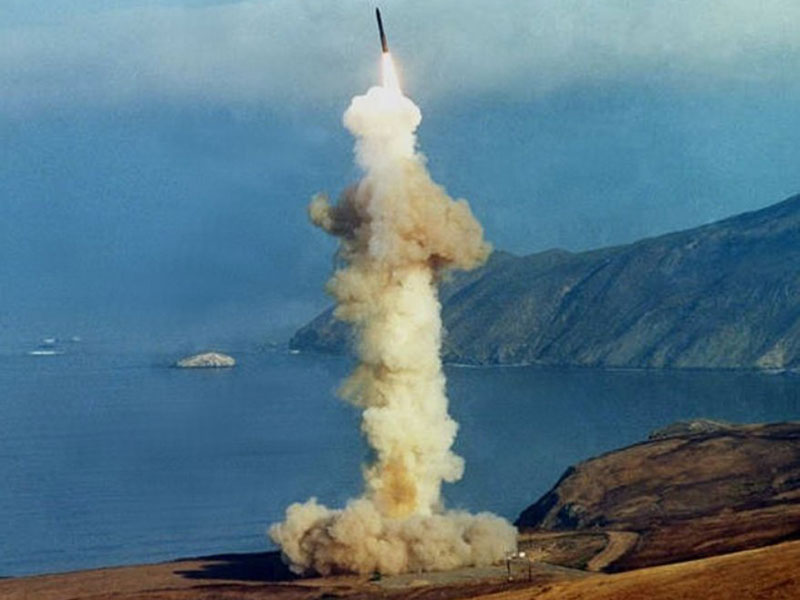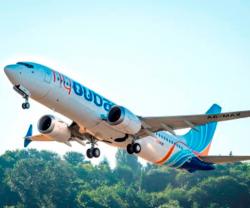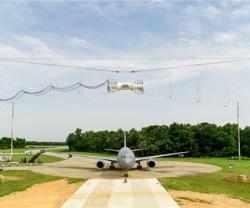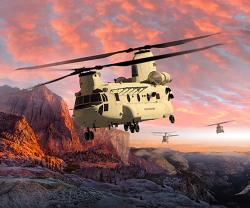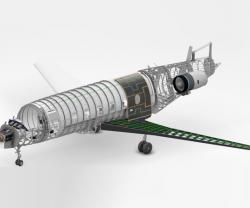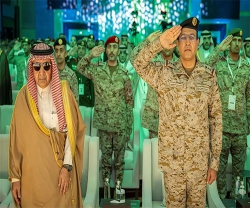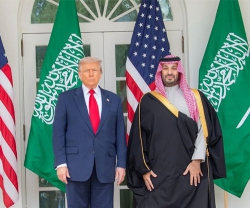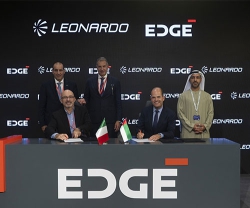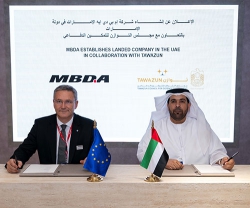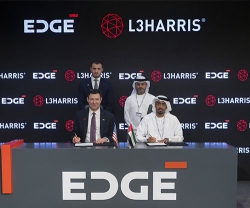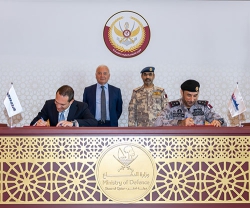“Since 1958, Boeing has stood alongside the U.S. Air Force to design, develop and test ICBM systems,” said Peggy Morse, Vice President, Boeing Directed Energy & Strategic Systems (DESS).
“Boeing’s uninterrupted support will ensure the Minuteman III force remains safe, secure and effective,” Morse added.
Boeing is the original equipment manufacturer of the Minuteman guidance system, and its innovations have been integral to improving each generation of the system.
“Dedicated, skilled Boeing personnel have experience on 99% of the contract’s work requirements. Our team has extensive design and test data knowledge, and a record of zero discrepancies in Nuclear Weapons Related Material inspections,” Morse concluded.
The LGM-30 Minuteman is a United States land-based intercontinental ballistic missile (ICBM), in service with the United States Air Force Global Strike Command.
As of 2014, the LGM-30G Minuteman-III version is the only land-based ICBM in service in the United States. It is one component of the US nuclear triad - the other two parts of the triad being the Trident submarine-launched ballistic missile (SLBM), and nuclear weapons carried by long-range strategic bombers. Each missile carries up to three nuclear warheads, which have a yield in the range of 300 to 500 kilotons. The Minuteman was the first MIRV-capable missile.
The letter “L” in “LGM” indicates that the missile is silo-launched; the “G” indicates that it is designed to attack ground targets; the “M” indicates that it is a guided missile.
The name “Minuteman” comes from the Revolutionary War's Minutemen. It also refers to its quick reaction time; the missile can be launched within minutes after the receipt of a valid launch order. The Air Force plans to keep the missile in service until at least 2030.
The current US Force consists of 450 Minuteman-III missiles in missile silos around Malmstrom AFB, Montana; Minot AFB, North Dakota; and F.E. Warren AFB, Wyoming. This will slowly be reduced to 400 armed missiles, with 50 unarmed missiles in reserve, and four non-deployed test launchers to comply with the New START treaty.

